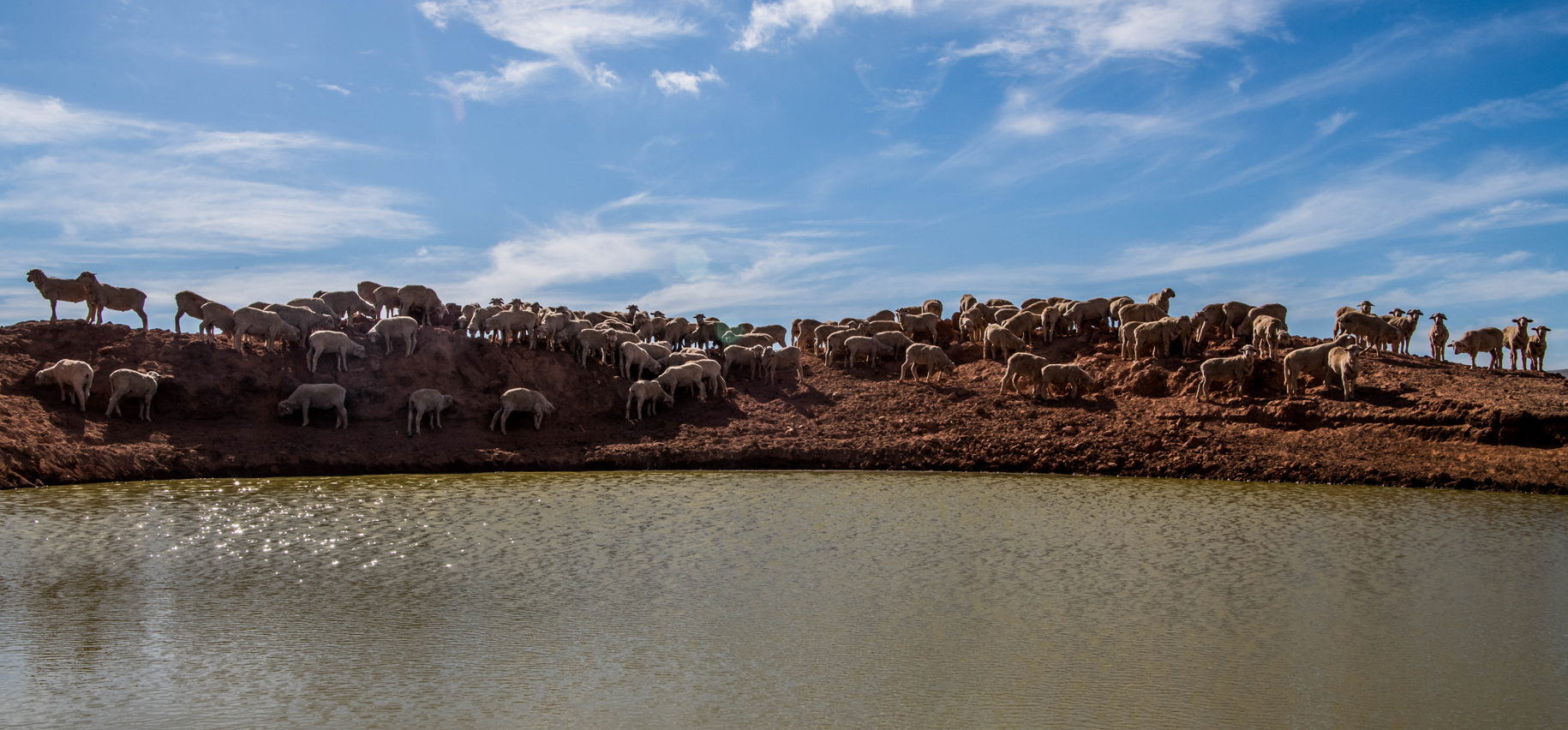Wool market carries confidence into final sale before Christmas
Australia’s wool market posted another strong performance this week, with all micron categories attracting solid support across the three selling...

Western Australian (WA) sheep producers have two primary alternatives to live export: channeling their livestock into the domestic processing sector within WA, provided the sector has the capacity and labor force to handle the increased volume, or transporting their sheep to the eastern states. However, the eastern states can be an unreliable destination.
For the eastern states to be a feasible option for WA producers, the demand must be consistently high, not just when price discounts severely disadvantage WA producers.
During drought conditions, eastern states producers are unlikely to have strong demand for sheep, even if prices are low. In the dry years of 2014 and 2015, only minimal numbers of sheep were transported from west to east—75,000 and 85,000 sheep, respectively—insufficient to support WA producers reliably.
In contrast, 2020 saw strong demand from eastern states, particularly New South Wales (NSW) producers, as they restocked after the 2019 drought. This led to a significant spike in annual sheep flows from west to east, reaching 1.9 million head, or about 30% of WA’s turnoff that year.

However, sending sheep east cannot be relied upon every season. It requires a substantial price discount to offset transport costs. Historically, before 2020, the average proportion of WA sheep sent east was about 5% of the total annual turnoff. Over the past decade, this average increased to about 7%.
In 2022, 81.3% of WA sheep turnoff was processed locally, which was the highest proportion on record until 2023. This highlights the critical importance of maintaining smooth operations in the WA processing sector, especially regarding capacity and labour, to ensure the planned phase-out of live export does not jeopardise WA sheep farmers.
Before the live export moratorium, the proportion of WA turnoff going to live export ranged between 30-40%. This dropped to around 20% in 2018 and 2019 and has since trended towards 11%.
In 2022, 496,112 head, or 10.7% of WA’s total turnoff, went to live export. Transport to the eastern states accounted for even fewer sheep, at 368,150 head or 8.0% of the total turnoff. During 2023, 84.7% of WA sheep turnoff went to the domestic processing sector. Approximately 11.3% were exported live, maintaining a relatively stable ratio since 2020. Only 4.0% of sheep were transported east during 2023, down from 8.0% in 2022.

.png)
Australia’s wool market posted another strong performance this week, with all micron categories attracting solid support across the three selling...

The latest ABARES outlook for livestock products has sheepmeat production dropping for the 2025–26 financial year, pushing prices higher and...

Australia enters 2026 with both the beef and sheepmeat sectors positioned at significant turning points shaped by evolving supply cycles, global...